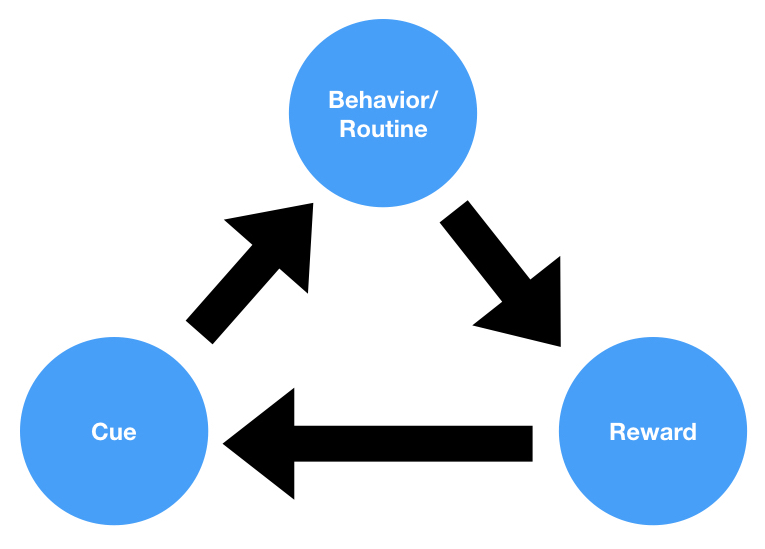What is the Theoretical Domains Framework?
The Theoretical Domains Framework (TDF) is an integrative framework developed to facilitate the investigation of determinants of behavior change and the design of behavior change interventions. Created by Susan Michie and colleagues in 2005, TDF synthesizes constructs from various psychological and organizational theories relevant to behavior change. The framework consists of 14 theoretical domains that represent a broad range of factors influencing behavior, including knowledge, skills, social and professional role, beliefs about capabilities, beliefs about consequences, motivation, emotion, environmental context, and resources. TDF provides a comprehensive, theory-informed approach to understanding and addressing barriers and facilitators of behavior change, making it a valuable tool for designing and evaluating interventions in various contexts, including health, education, and environmental sustainability.
How is the Theoretical Domains Framework used?
-
Identifying Barriers and Facilitators to Behavior Change
TDF is used to systematically explore the factors influencing behavior change in a given context. By examining each of the 14 theoretical domains, researchers and practitioners can identify the most relevant barriers and facilitators to the targeted behavior, which can inform intervention development.
-
Designing Behavior Change Interventions
Using TDF as a guide, intervention designers can develop targeted strategies to address the identified barriers and facilitators. This ensures that interventions are grounded in theory and tailored to the specific context, increasing the likelihood of effectiveness.
-
Evaluating Behavior Change Interventions
TDF can be applied to the evaluation of behavior change interventions by examining the extent to which the intervention addressed the relevant theoretical domains and the impact of the intervention on these domains. This information can be used to refine the intervention or inform the development of future interventions.
-
Integrating Theories of Behavior Change
TDF serves as a tool for integrating various theories of behavior change, providing a comprehensive framework that can be used to compare and contrast different theories and identify common elements that can be leveraged in intervention design.
Shortcomings and Criticisms of the Theoretical Domains Framework
-
Complexity
One criticism of TDF is its complexity. With 14 theoretical domains, the framework can be challenging to navigate, especially for practitioners who are new to the field or have limited experience with behavior change theories. This complexity may also make it difficult to communicate the rationale for an intervention to stakeholders or funders.
-
Time and Resource Intensive
Applying TDF to identify barriers and facilitators and design interventions can be time and resource-intensive, which may not be feasible for all organizations or projects, particularly those with limited resources or tight timelines.
-
Overemphasis on Individual Factors
Some critics argue that TDF may place too much emphasis on individual-level factors, potentially neglecting important social, organizational, or structural influences on behavior change. This could lead to interventions that are less effective in addressing broader contextual factors.
-
Limited Empirical Validation
While TDF has been widely applied in various contexts, there is limited empirical evidence supporting the framework’s effectiveness in improving intervention outcomes. Further research is needed to validate the utility of TDF in guiding the development and evaluation of behavior change interventions.
-
Insufficient Guidance on Domain Interactions
TDF does not provide explicit guidance on how the different domains interact with each other, which may limit its ability to fully capture the complex interplay of factors that influence behavior change. Understanding these interactions could be critical for developing more effective interventions.




